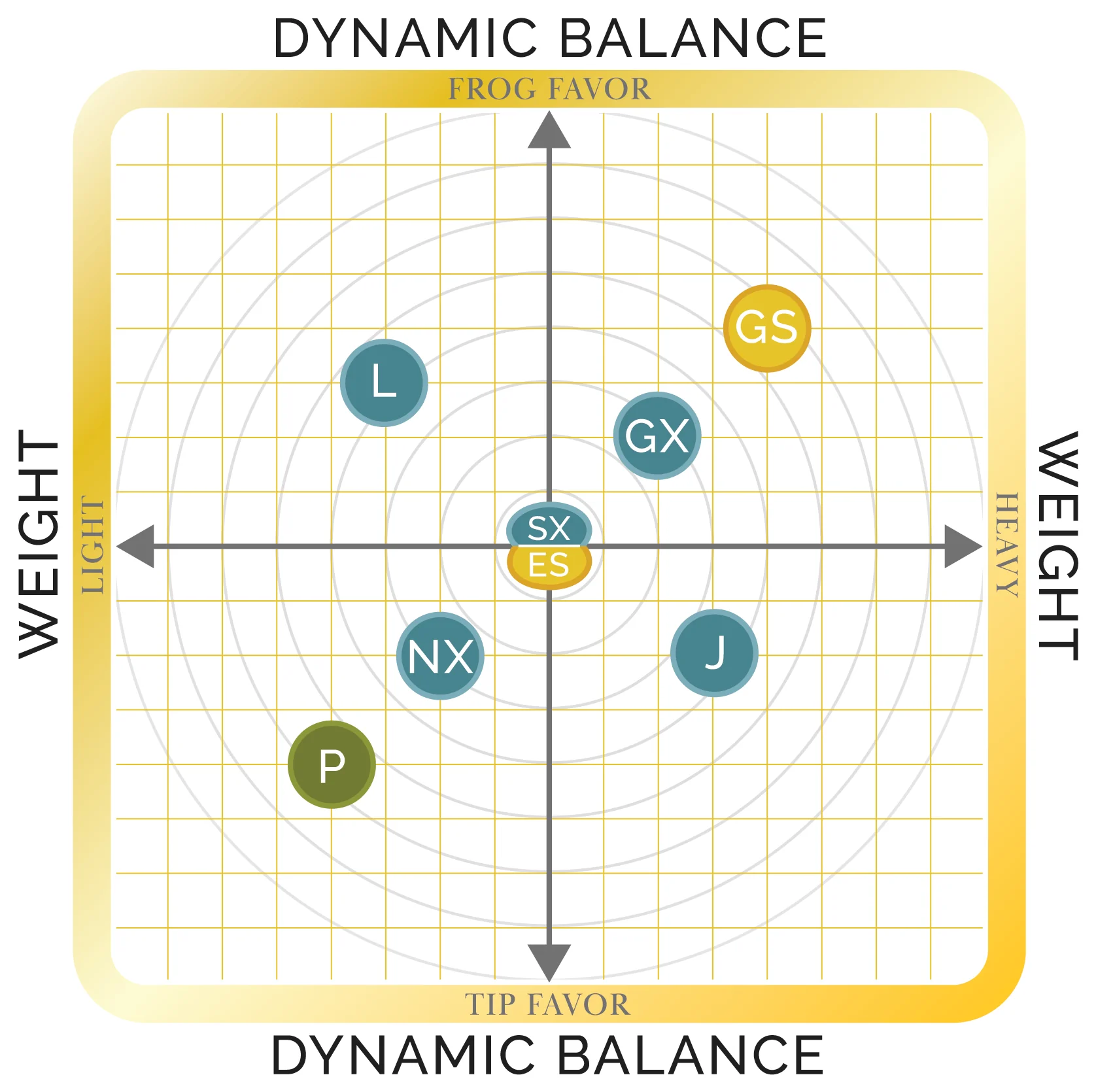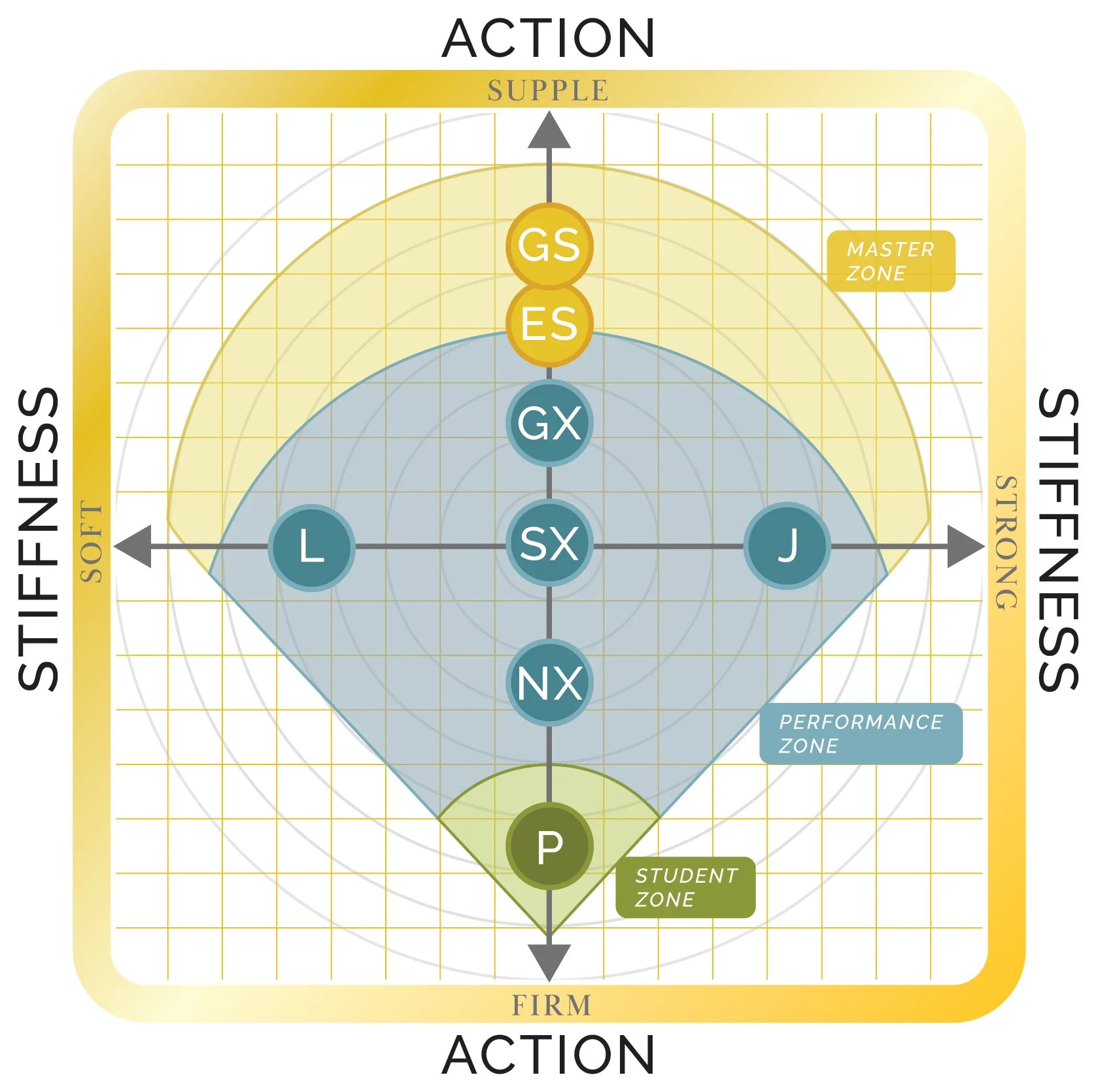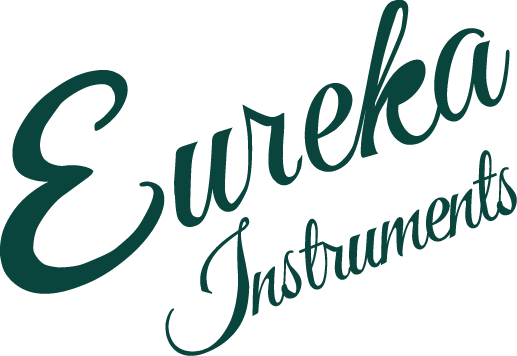CodaBow
Award-winning designs inspired by centuries of tradition find union with the performance and durability of modern technology.
Committed to excellence and the quality of their craft, CodaBow seeks to enhance the performance of string players worldwide.
How to Choose a Good Violin, Viola or Cello Bow
Specific attributes suit different styles, genres, and levels, and exact technical properties influence bow characteristics.
Using pioneering materials and methods and by adhering to exacting specifications, we are able to offer models that specifically suit the performance and preferences needs of each player.


Action
As the single largest influence on bow character, action describes the nature of a player’s connection with the string during play. A bow’s action is ultimately determined by how and where the bow flexes. Most associated historically (in the case of wooden bows) with the extrinsic camber, action of engineered bows is also a function of intrinsic design (fiber blend, quantity, and orientation). Because string connection is the essence of player sound, it is important to select the action best-suited to your style, approach, and genre.
Firm Action:
Bows offer hard and rapid string connection, capable of direct and focused expression, and appeal to fiddlers and rock musicians.
Supple Action:
Bows offer compliant and sensitive string connection, capable of nuanced and layered expression, are preferred among classical artists.
_____________________________________________________
Stiffness
Stiffness is a static measure of how much effort is required to flex the bow. Specifically-engineered stiffness affects how a player experiences drive of the string and resistance in the bow.
Strong Stiffness
Stronger bows hold up to sustained bow speed and heavier arm weight commonly used by active, intense players requiring more resistance in their pull.
Soft Stiffness
Softer bows are best suited to gentler, lower-pressure play.
_____________________________________________________
Dynamic Balance
Perhaps one of the most important and least understood contributors to the bow’s handling, dynamic balance refers to how the bow balances in a player’s hand during play. Not to be confused with the often-referenced static measurement, dynamic balance is the measure of mass in motion and is critical in order for the bow to feel comfortable in use.
Frog Favor:
Players who like to control and direct the bow and require high response and nuance will prefer a frog-favored balance.
Tip Favor:
For more stability and contact with the string, a tip-favored balance will feel steady in the hand and produce a focused tone.
_____________________________________________________
Weight
Commonly a distracting factor in bow assessment, WEIGHT is static mass of the bow. Within a limited measure, weight affects the comfort and efficiency a player experiences with a bow with some preferring a slightly lighter bow while others appreciate the heavier end of the spectrum.
Provided a bow falls within the long-accepted norms of bow making, its other characteristics will ultimately have more impact on its performance.
Violin bows generally range from 58-62 grams, viola bows from 68-72, cello bows from 78-82, and bass bows from 132-142 grams.
Test CodaBow Today
With an extended right of return, you can test any of our bows at home for 21 days to make sure you buy a bow that feels good and plays great.
Our Violin Bows / Our Viola Bows / Our Cello Bows / Our Bass Bows
